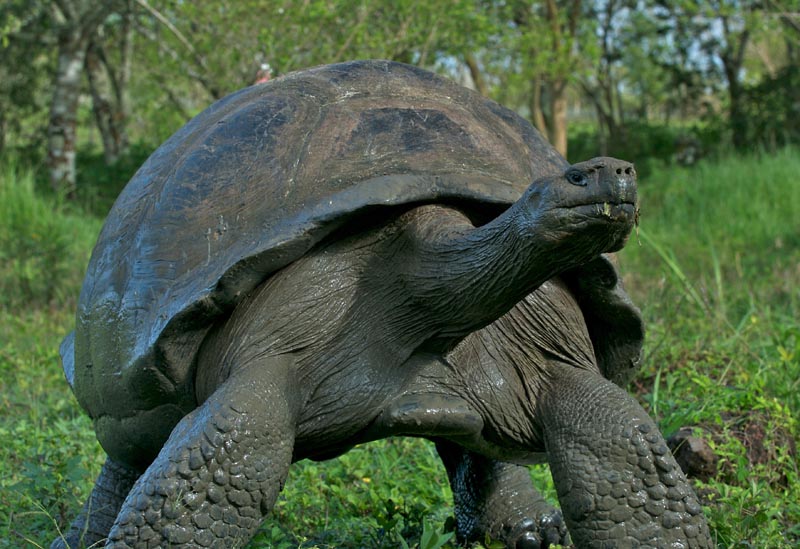
Shoot Tight!
How would you like to increase the dramatic impact of your photography by an order of magnitude? I’m not exactly sure what that last phrase means, but it sounds impressive. This is what I do mean, though. If there is one photographic technique that can put your images on steroids, it’s shooting tight.
By shooting tight, I’m referring to zooming in on the subject so that you remove distracting elements and instead highlight its most salient feature(s). Take the photo above as an example. I shot it on one of my trips to the Galapagos Islands off the coast of Ecuador. In and of itself the photo is ‘okay.’ It’s a textbook example of the giant Galapagos tortoise, the same ones documented by Charles Darwin in the 19th century. Therein lies the problem with the image. It’s b-o-r-i-n-g. It would be fine for a biology text, but it lacks punch. Zero drama.
Now take a look at this next image, shot the same day. See the difference? Notice the emotional impact?
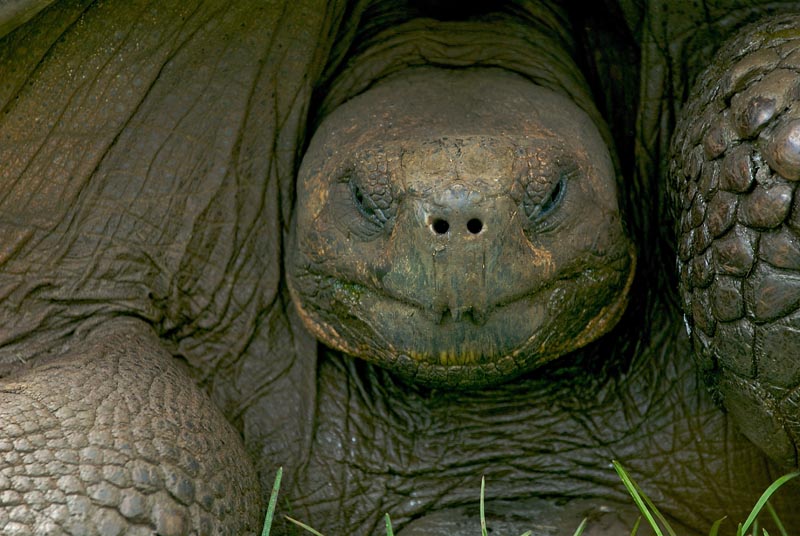
The same concept holds true for the following image.
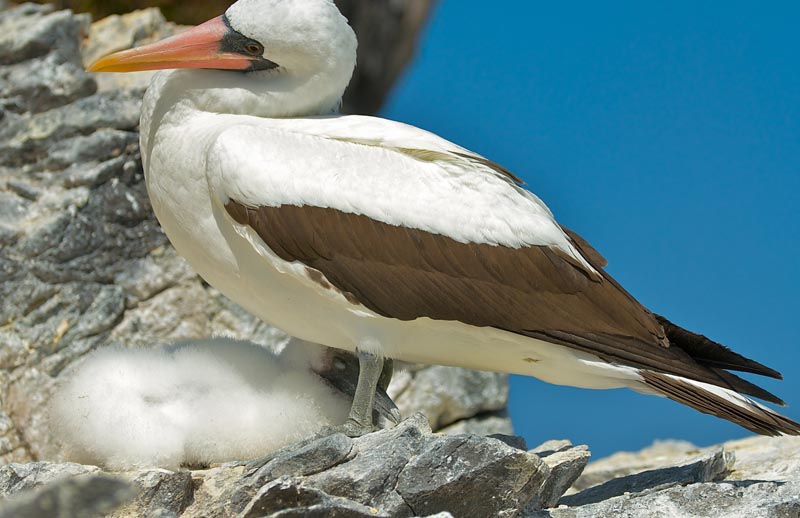
The Nazca Booby was photographed in the Galapagos and everyone else I was with photographed the mother and bird as a whole, as I initially did. Some even shot the scene wide angle to get in the rocks and water in the background, thereby making it hard to see the mother and chick at all. I managed to squeeze off a few telephoto shots of the baby alone and I like the effect (hopefully my editors will, too).
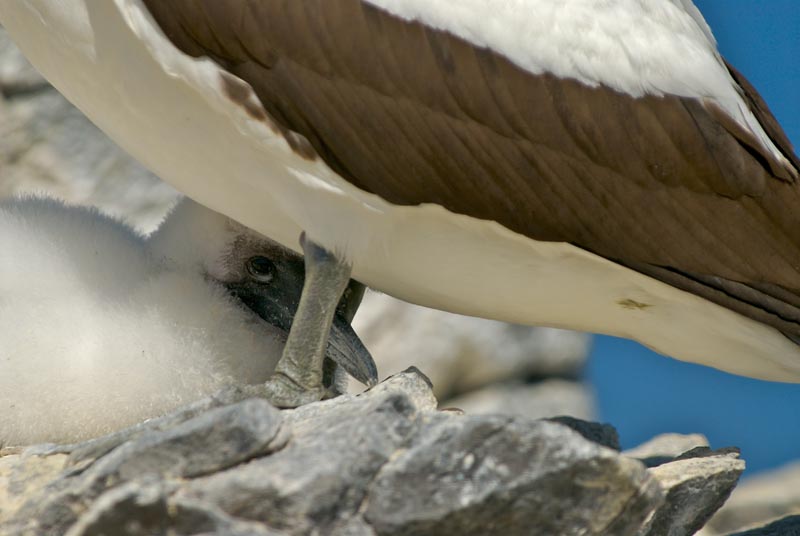
This next series really show two images with entirely different effects. However, I just wanted to show how shooting tight can result in creative applications that may not be immediately apparent in the wider image. I took this initial shot for a series on amusement parks. This was taken at Salem Willows in Massachusetts.

The tight rendition is the stuff of kids’ nightmares, a bas relief of Chucky.
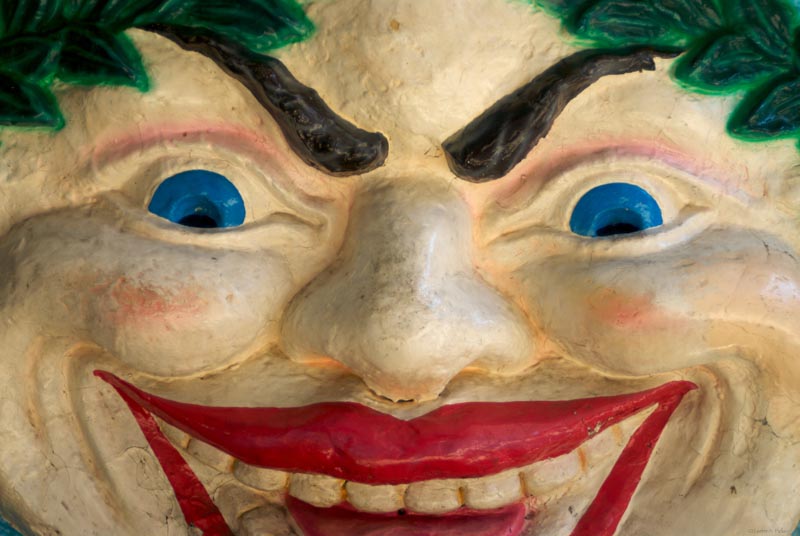
Finally, shooting tight works wonders for people shots, but I’ll leave that topic for another day.